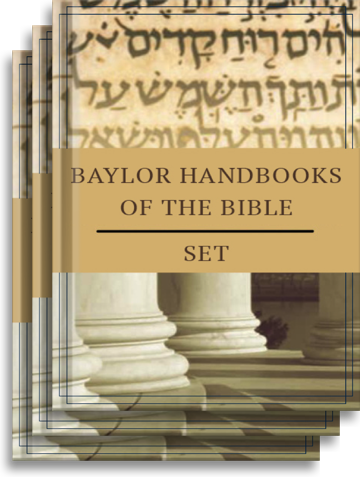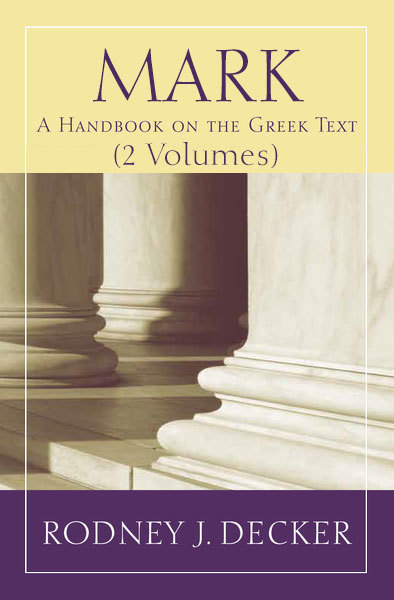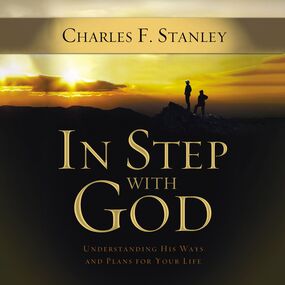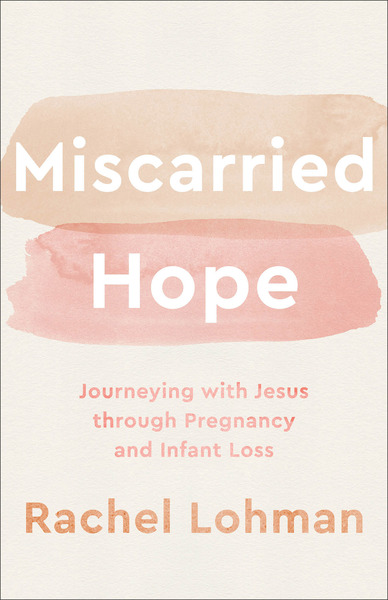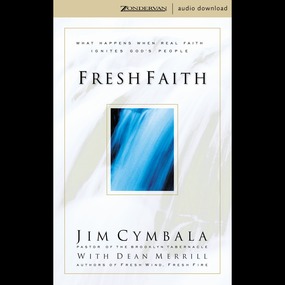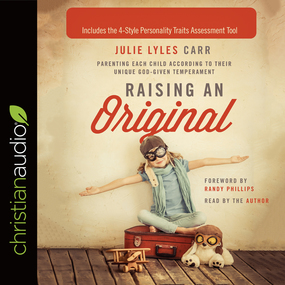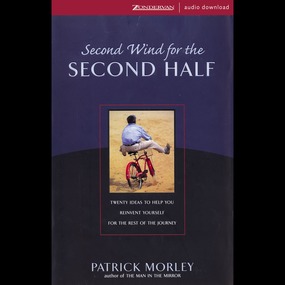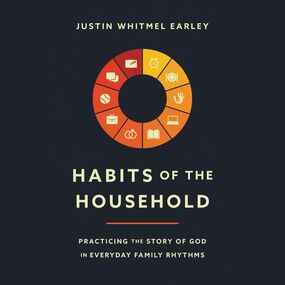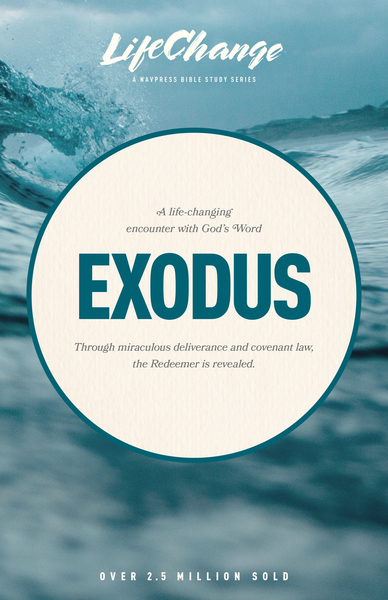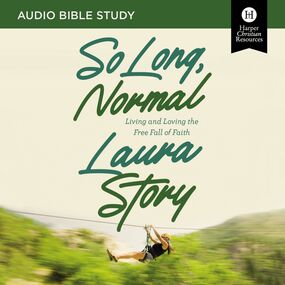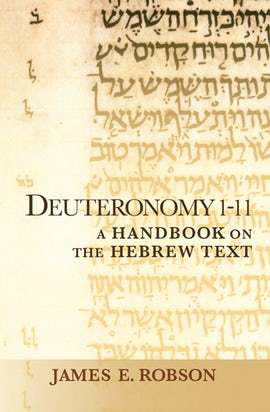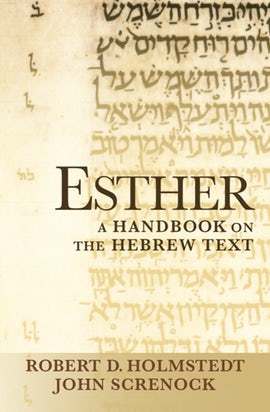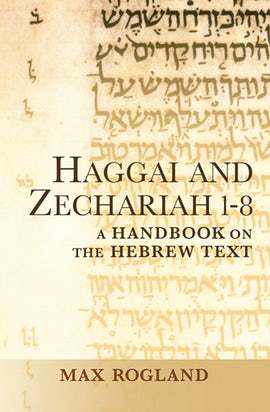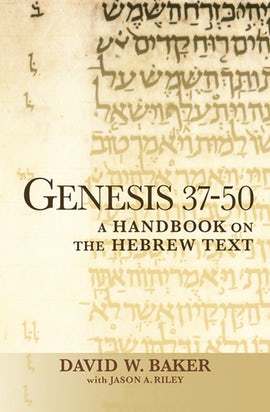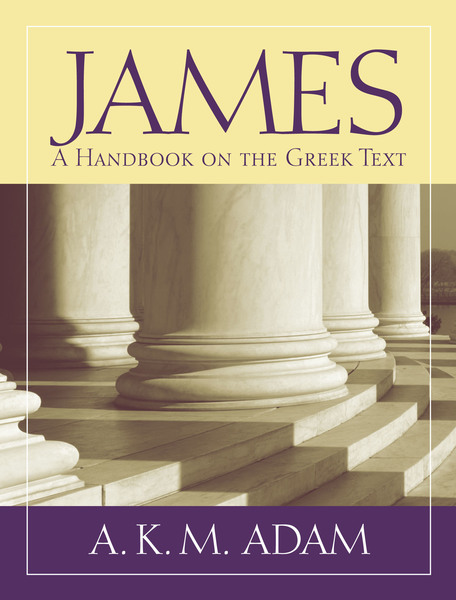

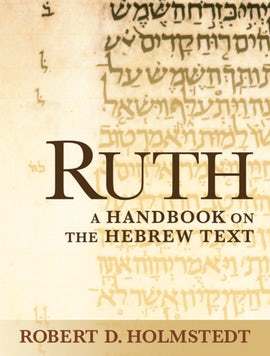

Reviews
"This commentary on Ruth from the Hebrew text (phrase by phrase) is written with the awareness that Ruth or/and Jonah are usually the first Hebrew texts learners of biblical Hebrew read. Pages 1–50 summarize relevant aspects of Hebrew grammar, semantics, and pragmatics (how syntactic and semantic options are manipulated) that the student should be familiar with. Linguistic features show no clear needbased borrowing from Aramaic, so one thinks of the early Persian period as the time of writing. Holmstedt is attentive to nuances. For example, "due to the famine in Israel, someone from the town named ‘House of Bread’ [Bethlehem] had to leave to find provision as an alien in a foreign land" (p. 55). The comments in places explain the use of accents and the grammatical changes they induce in words/phrases.In short, the author has given students a valuable step-by-step introduction to reading the text of the Hebrew Bible." — James Chukwuma Okoye, CSSp, Bible Today
"An up-to-date resource valuable for intermediate students. Holmstedt provides a strong focus on the connection between syntax and nuance of meaning." — Katharine Doob Sakenfeld, William Albright Eisenberger Professor of Old Testament, Princeton Theological Seminary
"Designed for the intermediate student to the advanced researcher, Holmstedt's Ruth is a wonderful paragon of an informed merging of traditional Hebrew grammatical analysis with insights from the modern linguistic analysis of Hebrew. With conciseness and clarity, Holmstedt demonstrates the great value of a linguistically informed analysis of biblical Hebrew, not only for the book of Ruth, but for biblical texts in general." — K. Lawson Younger Jr., Professor of Old Testament, Semitic Languages, and Ancient Near Eastern History, Trinity International University Divinity School
Robert D. Holmstedt is Professor of Biblical Hebrew and Northwest Semitic Languages at the University of Toronto.
